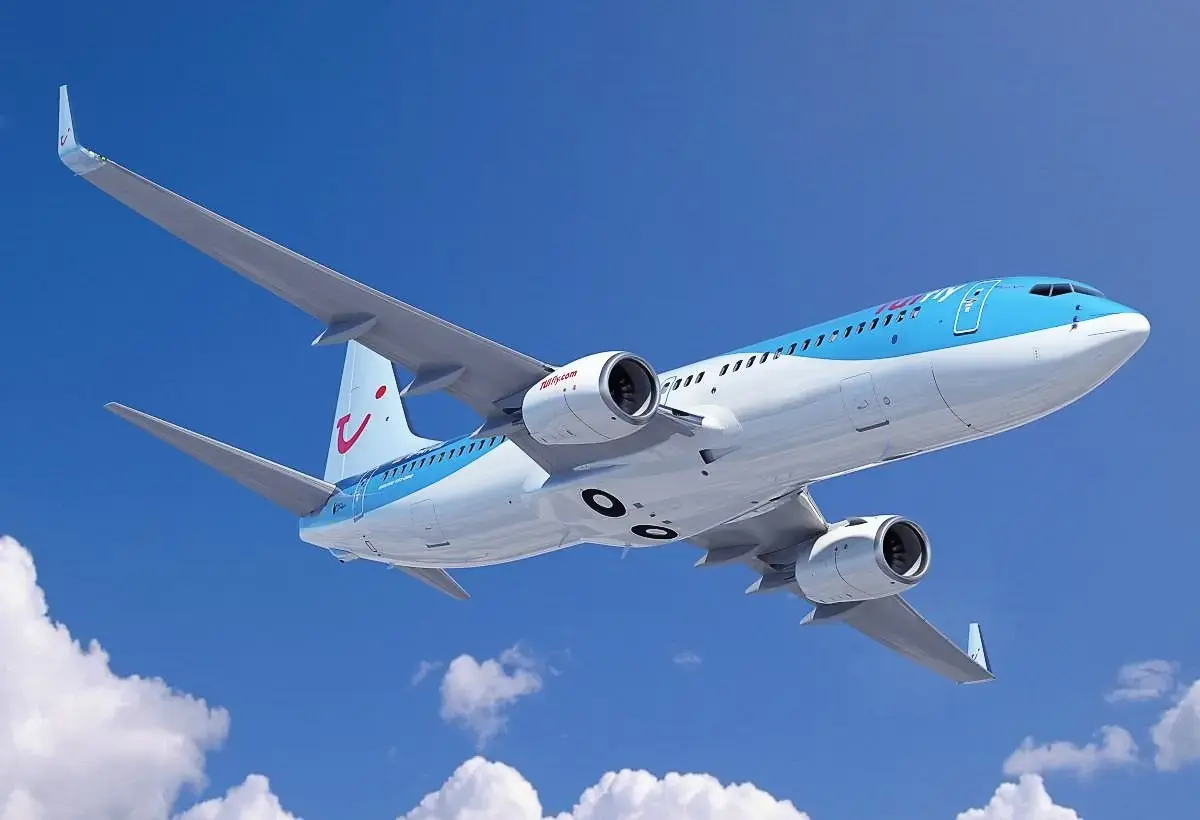
Do you want to access to this and other private contents?
Log in if you are a subscriber or click here to request service
Climate change impacts on air travel
Increasingly intense atmospheric turbulence, air carriers are adopting measures to minimize them

Climate change could affect air travel much more than we imagine. To understand how the future of flight can change, just think about atmospheric turbulence. Air carriers have already taken steps to minimize or avoid them, including through better forecasting of weather conditions. But now the warming of the atmosphere is having a greater influence on the winds at different altitudes.Scientists have...
Gic - 1250255
AVIONEWS - World Aeronautical Press Agency
AVIONEWS - World Aeronautical Press Agency